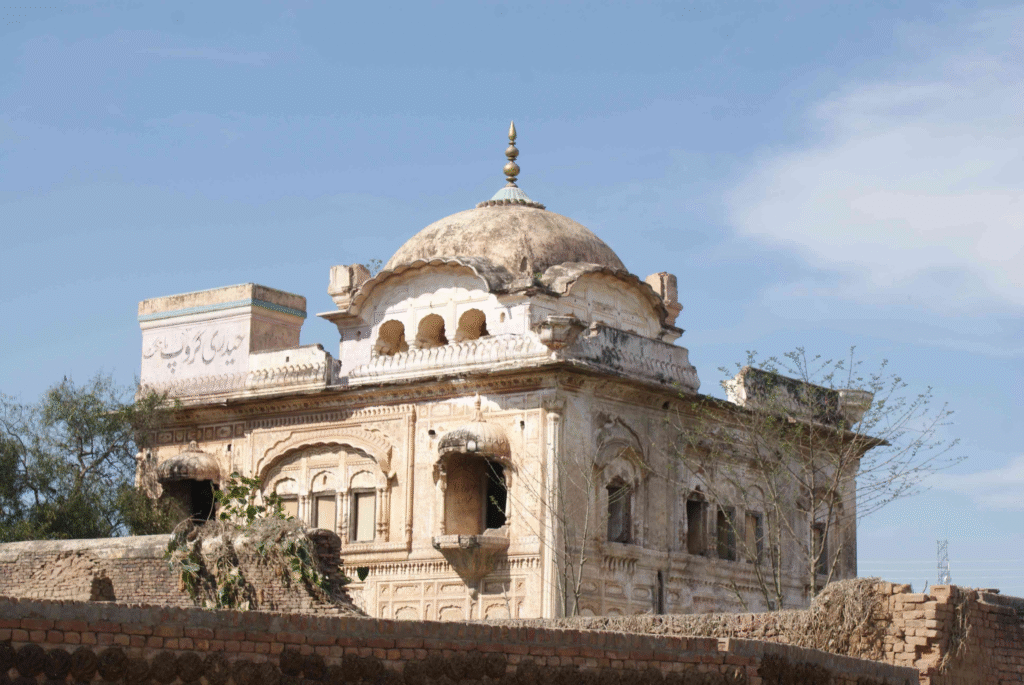AI Generated Summary
- The celebration of Gurpurab at Nankana Sahib thus must be seen as a thin veil over a deeply troubled societal structure where minorities exist on the margins and are subject to systemic marginalization.
- The grandeur of a few holy sites contrasts harshly with the dilapidation of many others and with the daily lived experiences of Sikhs who face barriers to worship, education, and economic participation.
- The Pakistani government’s efforts to decorate and secure Nankana Sahib and other prominent sites during major festivals appear more as an exercise in optics and diplomacy.
Every year, the birthplace of Guru Nanak Dev Ji in Nankana Sahib, Pakistan, becomes a focal point for Sikhs worldwide, especially on Gurpurab—the celebration marking the revered founder’s birth anniversary. This year marked the 556th Gurpurab with over 2,100 Indian Sikh pilgrims crossing the border, greeted with elaborate ceremonies, decorated Gurdwaras, community kitchens serving langar, and tight security overseen by Pakistani authorities. On the surface, it was a spectacle of harmony and respect.
However, this vivid display of celebration at select holy sites drastically contrasts with the grim reality endured by Sikh minorities and many other religious communities across Pakistan. The numerous Gurdwaras scattered through the country, many of them centuries-old, stand in various states of neglect and ruin. These sacred places, integral not only to Sikh faith but also to shared cultural heritage, reflect a larger institutional failure in Pakistan to protect minority rights and religious freedom.

The Pakistani government’s efforts to decorate and secure Nankana Sahib and other prominent sites during major festivals appear more as an exercise in optics and diplomacy. They project an image of pluralism and tolerance to the outside world while systemic issues remain largely unaddressed. Reports continue to emerge documenting ongoing repression against Sikhs: harassment, discrimination, attacks on religious sites, restrictions on pilgrimages, and denial of equal citizenship rights.
Moreover, these oppressive realities extend beyond the Sikh community. Hindus, Christians, Ahmadis, and Shias frequently face similar persecution—from mob violence incited by hate speech, to legal discrimination through blasphemy laws and anti-Ahmadi ordinances. The enforcement agencies either turn a blind eye or, worse, participate in violent episodes against these minorities, fostering a culture of fear and impunity.

The celebration of Gurpurab at Nankana Sahib thus must be seen as a thin veil over a deeply troubled societal structure where minorities exist on the margins and are subject to systemic marginalization. The grandeur of a few holy sites contrasts harshly with the dilapidation of many others and with the daily lived experiences of Sikhs who face barriers to worship, education, and economic participation.
This discrepancy raises uncomfortable questions about the authenticity of Pakistan’s commitments to religious pluralism. Symbolic gestures during religious festivals, while significant for community morale, cannot substitute for concrete policy changes that guarantee minority rights, heritage preservation, and protection from violence. Genuine respect requires consistent and systemic reforms—legal safeguards, infrastructural investments in religious sites, and proactive measures to combat extremism and social discrimination.
For the international community and the Sikh diaspora, it is imperative to look beyond the surface. Celebrations like Gurpurab in Pakistan provide a moment of spiritual connection but must not obscure the broader context of enduring religious oppression. Upholding the dignity and rights of minorities requires sustained attention, advocacy, and pressure.
True pluralism cannot coexist with the ruins of sacred spaces and the silenced voices of persecuted communities. Until Pakistan moves from spectacle to substantive change, ceremonies at places like Nankana Sahib will remain an eyewash—a temporary mask over a painful reality of systemic intolerance.




